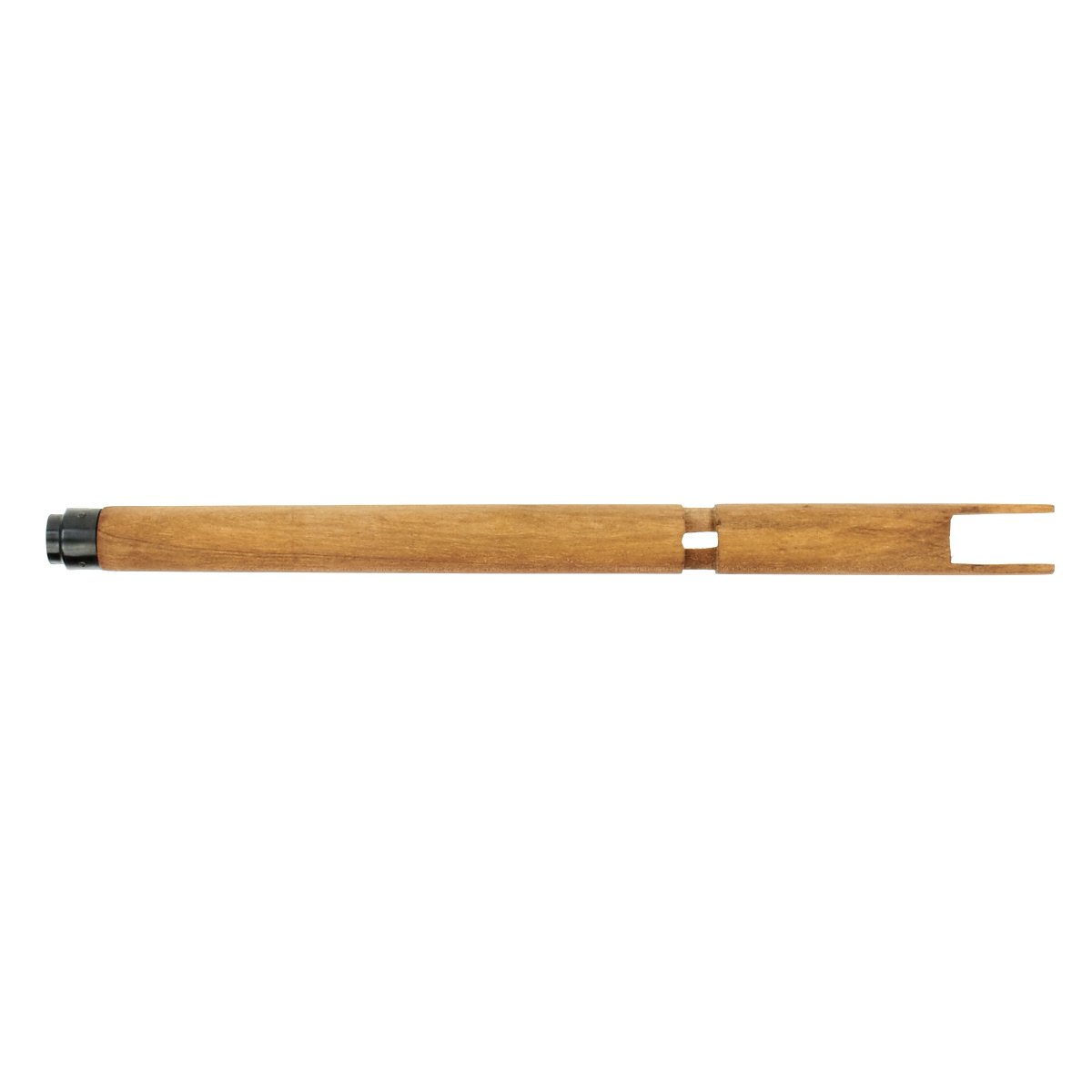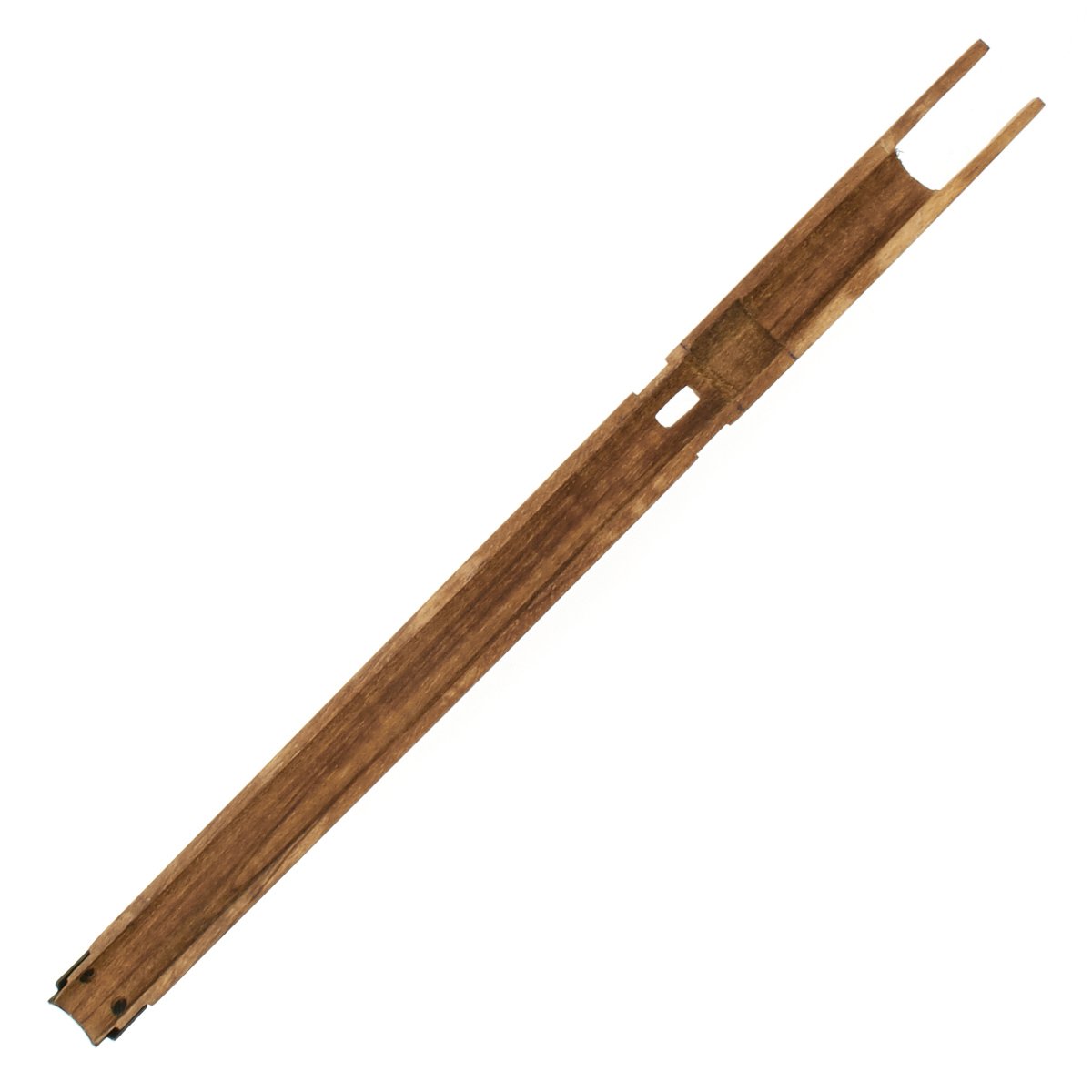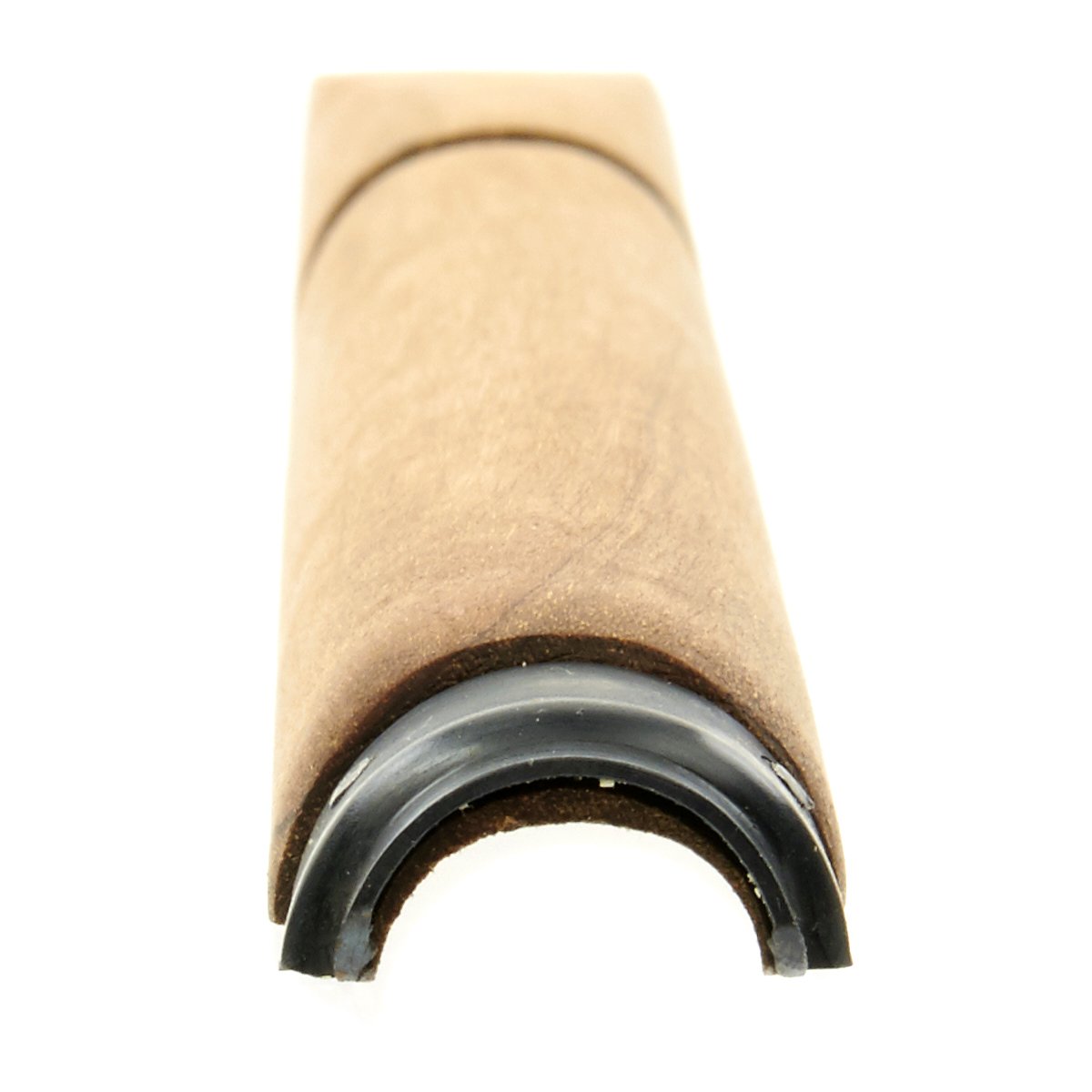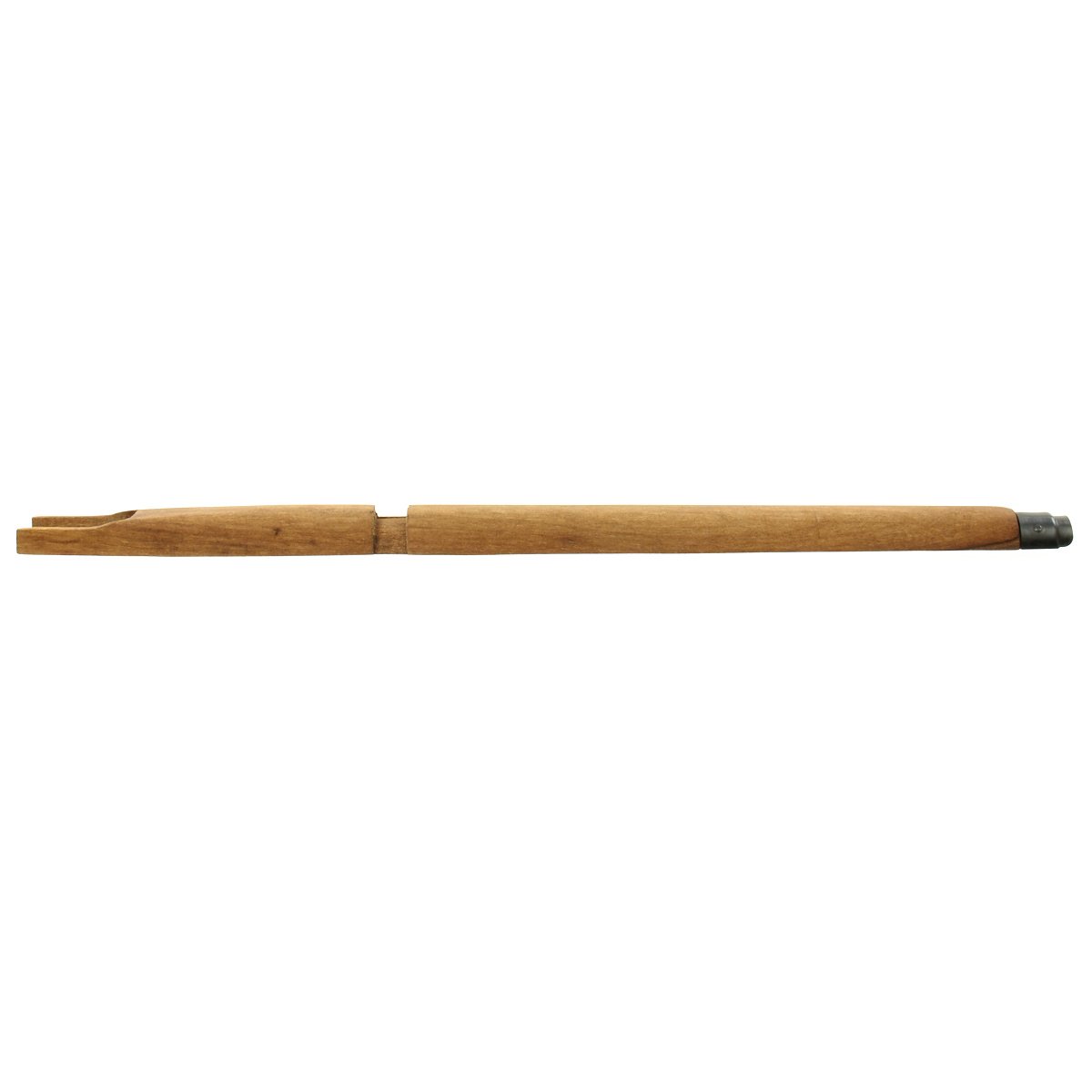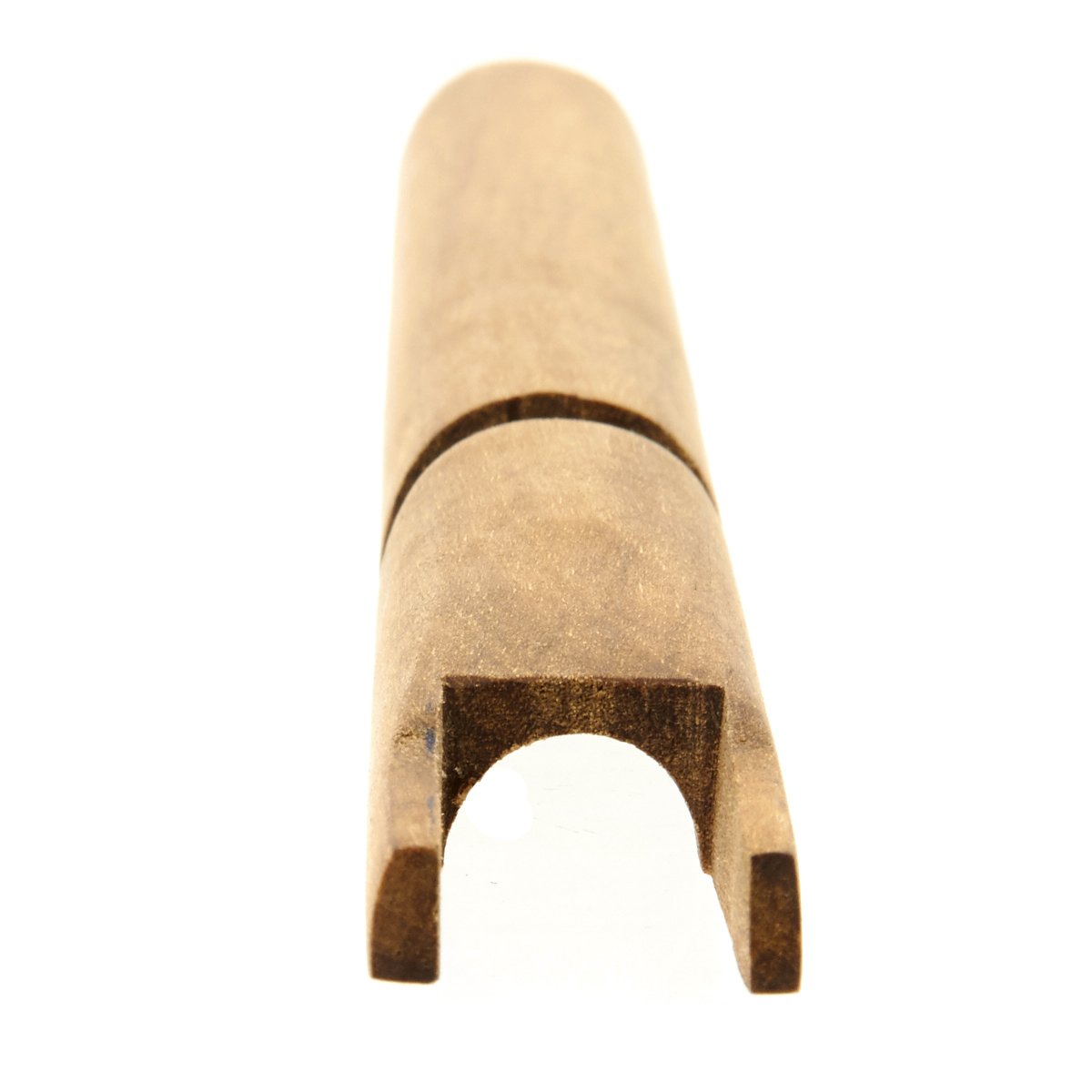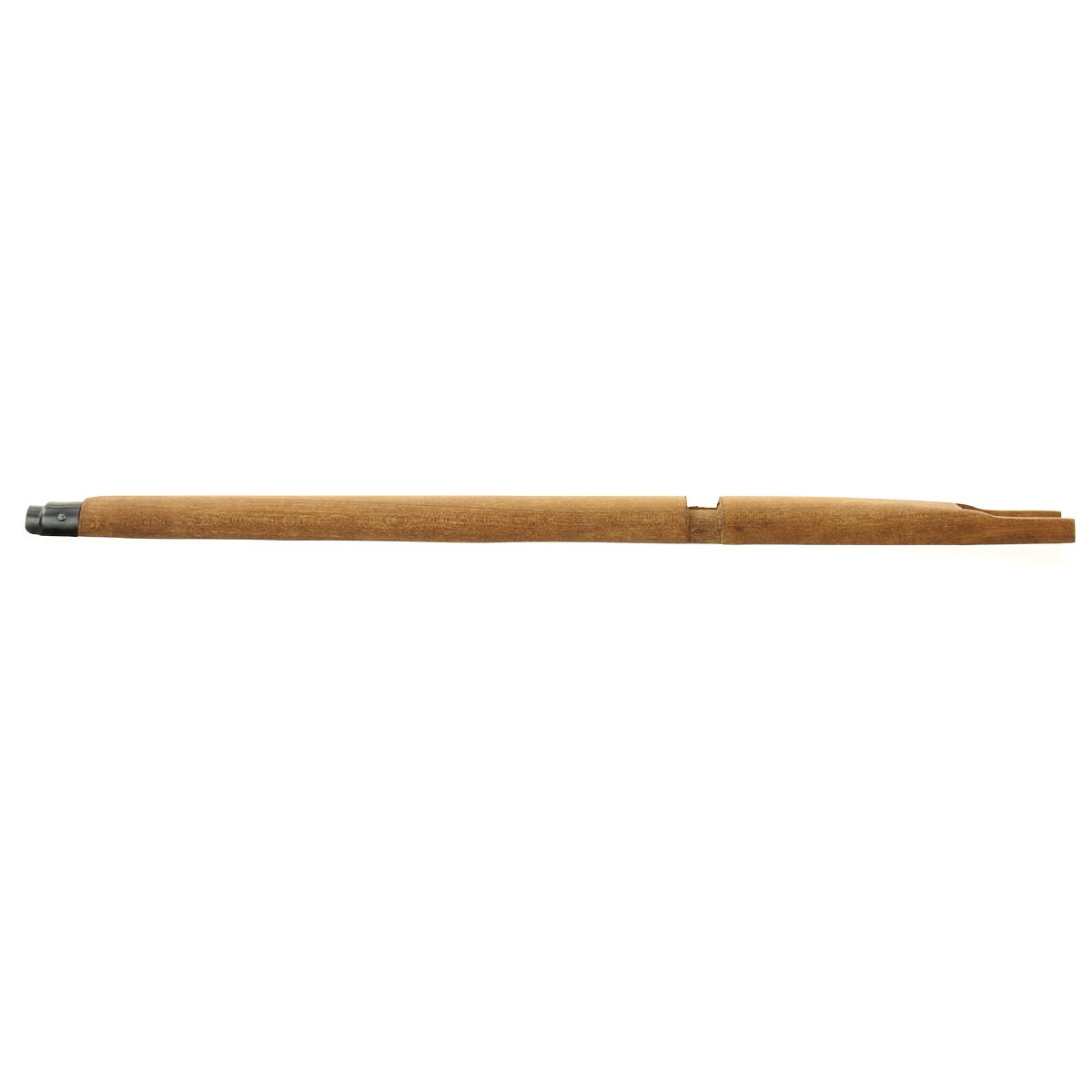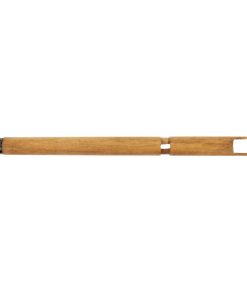British WWII SMLE Short Magazine Lee–Enfield No.1 Mk III Front Top Hand Guard New Made Items
$ 29,95 $ 17,97
New Made Item. High quality hardwood front top hand guard for the British Military issue .303 caliber SMLE No 1 Mk III rifle. The wood is brand new and unstained. only oiled, allowing you to stain it to match your current stock. Comes complete with blue steel nose cap. A fantastic hard to find replacement part.
Short Magazine Lee–Enfield No. 1 Mk. III
The iconic Lee–Enfield rifle, the SMLE Mk III, was introduced on 26 January 1907, along with a Pattern 1907 bayonet and featured a simplified rear sight arrangement and a fixed, rather than a bolt-head-mounted sliding, charger guide. The design of the handguards and the magazine were also improved, and the chamber was adapted to fire the new Mk VII High Velocity spitzer .303 ammunition. Many early model rifles, of Magazine Lee–Enfield (MLE), Magazine Lee–Metford (MLM), and SMLE type, were upgraded to the Mk III standard. These are designated Mk IV Cond., with various asterisks denoting subtypes.
During the First World War, the SMLE Mk III was found to be too complicated to manufacture (an SMLE Mk III rifle cost the British Government £3/15/–) and demand was outstripping supply, so in late 1915 the Mk III* was introduced, which incorporated several changes, the most prominent of which were the deletion of the magazine cut-off mechanism, which when engaged permits the feeding and extraction of single cartridges only while keeping the cartridges in the magazine in reserve, and the long-range volley sights.[ The windage adjustment of the rear sight was also dispensed with, and the cocking piece was changed from a round knob to a serrated slab. Rifles with some or all of these features present are found, as the changes were implemented at different times in different factories and as stocks of existing parts were used.[30] The magazine cut-off was reinstated after the First World War ended and not entirely dispensed with in manufacturing until 1933 and some cut-offs remained on rifles so-equipped into the 1960s.
The inability of the principal manufacturers (RSAF Enfield, The Birmingham Small Arms Company Limited and London Small Arms Co. Ltd) to meet military production demands, led to the development of the “peddled scheme”, which contracted out the production of whole rifles and rifle components to several shell companies.
The SMLE Mk III* (renamed Rifle No.1 Mk III* in 1926) saw extensive service throughout the Second World War as well, especially in the North African, Italian, Pacific and Burmese theatres in the hands of British and Commonwealth forces. Australia and India retained and manufactured the SMLE Mk III* as their standard-issue rifle during the conflict, and the rifle remained in Australian military service through the Korean War, until it was replaced by the L1A1 SLR in the late 1950s. The Lithgow Small Arms Factory finally ceased production of the SMLE Mk III* in 1953.
The Rifle Factory Ishapore at Ishapore in India produced the MkIII* in .303 British and then upgraded the manufactured strength by heat treatment of the receiver and bolt to fire 7.62×51mm NATO ammunition, the model 2A, which retained the 2000 yard rear sight as the metric conversion of distance was very close to the flatter trajectory of the new ammunition nature, then changed the rear sight to 800 m with a re-designation to model 2A1. Manufactured until at least the 1980s and continues to produce a sporting rifle based on the MkIII* action.
The rifle became known simply as the “three-oh-three”.
Prompt Shipping and Professional Packaging
We provide a variety of shipping options due to our long-running partnerships with UPS, FedEx and DHL. Our warehouse personnel are well trained and will pack the goods according to our exact and precise specifications. Before shipping your items will be thoroughly inspected and secured. Every day, we deliver to thousands of customers in different countries. This is a sign of our determination to become the largest online retailer worldwide. Both Europe as well as the USA have warehouses and distribution centers.
Note that orders containing more than one item will be subject to a processing period that is based to the particular item.
Prior to shipping the items, our staff will carry out an exhaustive inspection of the products you ordered. Today, most orders will be delivered within 48 hours. The estimated delivery time is between 3-7 days.
Returns
The stock is constantly changing. It's not entirely managed by us since we are involved with multiple entities, including the factory and our storage. Therefore, the actual inventory could alter at any time. It is possible that you will not receive your order after the order has been made.
The period of time is 30 days. Unfortunately, if 30 days have passed since you purchased your product, we are unable to provide a refund or exchange.
The item must not be in use and must be in the original packaging. The item must be in the original packaging.
Related products
Uncategorized
Uncategorized
Uncategorized
Uncategorized
Uncategorized
Uncategorized
Uncategorized
Uncategorized
Uncategorized
Australian WWII Owen MK1 Machine Carbine SMG Custom Fabricated Replica with Sling Original Items
Uncategorized
Uncategorized
Uncategorized
Uncategorized
Angolan Rebel 1970s era 60mm Inert Display Mortar from Angolan Civil War Original Items
Uncategorized
Uncategorized
Uncategorized
Uncategorized
Uncategorized
Uncategorized
Uncategorized
